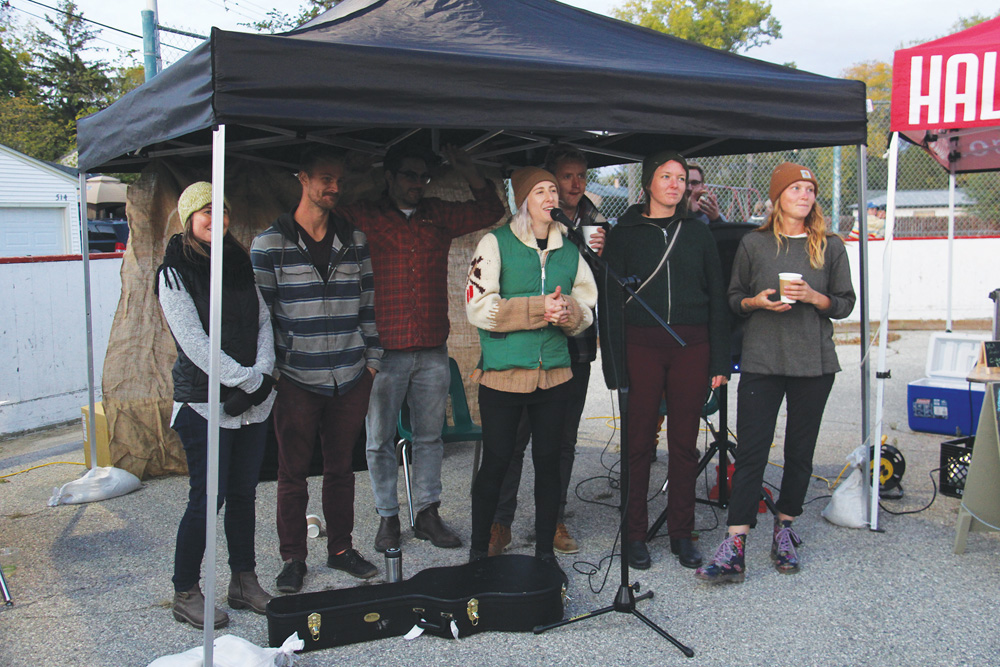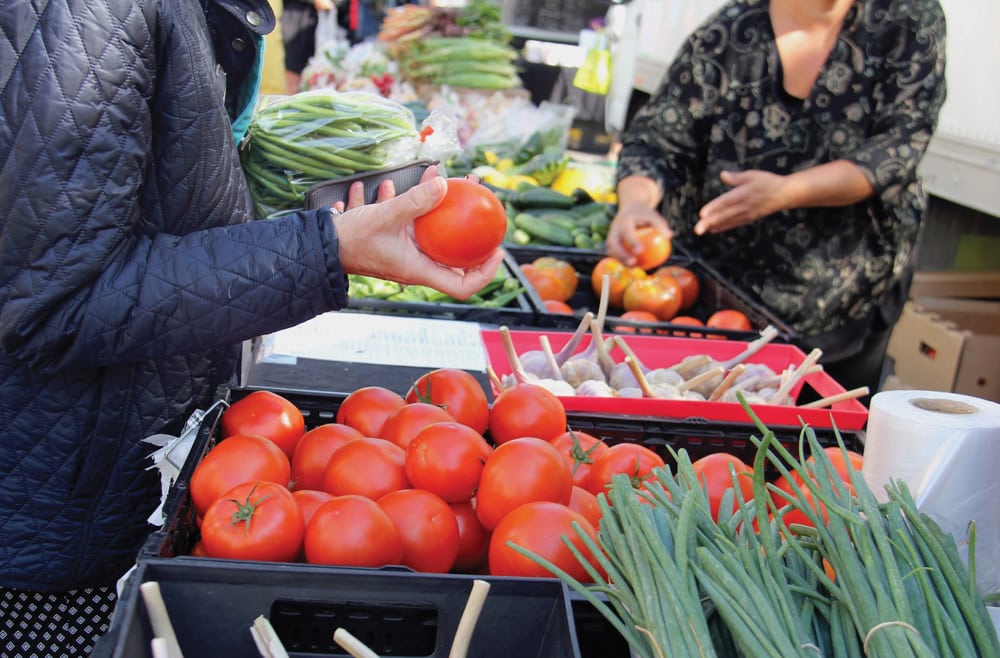Saskatchewan has earned nearly all As for industry prosperity, household food security and other areas in Canada’s Food Report Card 2016.
Funded by the Conference Board of Canada and released last week, the report is a series of provincial report cards looking at domestic food by comparing the 10 provinces against each other.
The report grades each province according to metrics within five elements of the Canadian Food Strategy, including industry prosperity, healthy food and diets, food safety, household food security, and environmental sustainability.
Read Also

Province pledges funds to CentrePort Canada
The Manitoba government has pledged $450,000 towards projects at inland port CentrePort Canada.
Saskatchewan was the only province to earn an ‘A’ for industry prosperity, due to its large and profitable farming industry coupled with a strong food-manufacturing sector.
Manitoba and Alberta earned C grades in the same area, with Manitoba downgraded for its slower growth in food manufacturing and Alberta for fewer high-revenue-earning ($500,000-plus) farms.
Both Saskatchewan and Manitoba were noted in the report for having seen above-average increases in farm size since 2006.
The three Prairie provinces all earned Bs with respect to dietary, health, and food consumption metrics, but Canadians across all provinces are consuming less than the World Health Organization’s 10 per cent recommended limit for daily dietary energy intake from added sugar and saturated fat.
- Read more: Food strategy consultations announced
Manitoba — safety high, security low
Manitoba and Saskatchewan earned As and stand out among their provincial peers for some of the lowest incidences of foodborne illness in the country. Alberta earned a C on that front.
Saskatchewan also earned an A for household food security, cited as a province where people are least likely to worry about running out of domestic food supplies and also least likely to use food banks. Alberta also earned an A for household food security, however, Manitoba received a D in the category — the lowest grade of any province — due to its citizens’ wider-spread use of food banks as well as a lack of domestic food emergency preparedness. Adult food banks usage was also highest in Manitoba, the report said.
The report card shows a varied picture on air quality, water contamination, soil health, and farm environmental planning across the country, with half of the 10 provinces registering a small increase in greenhouse gases (GHGs) over a 30-year period. Alberta and Ontario are the largest emitters of agricultural GHGs.
Saskatchewan again was the only province to receive an A for environmental sustainability, but the report also noted Saskatchewan needs to improve on its agriculturally related air quality emissions. Manitoba earned a B for environmental sustainability with the report noting that Manitobans “are more likely to waste food due to cooking and food preparation.” Manitoba also lags other provinces with regard to greenhouse gas emissions reduction and nitrogen balance in soil, the report said. Alberta earned a C on that front, due in part to its lack of household organic waste diversion efforts, the report said.
This is the second annual Canadian food report card. A 2015 report assessed Canada against 16 other OECD countries.
















